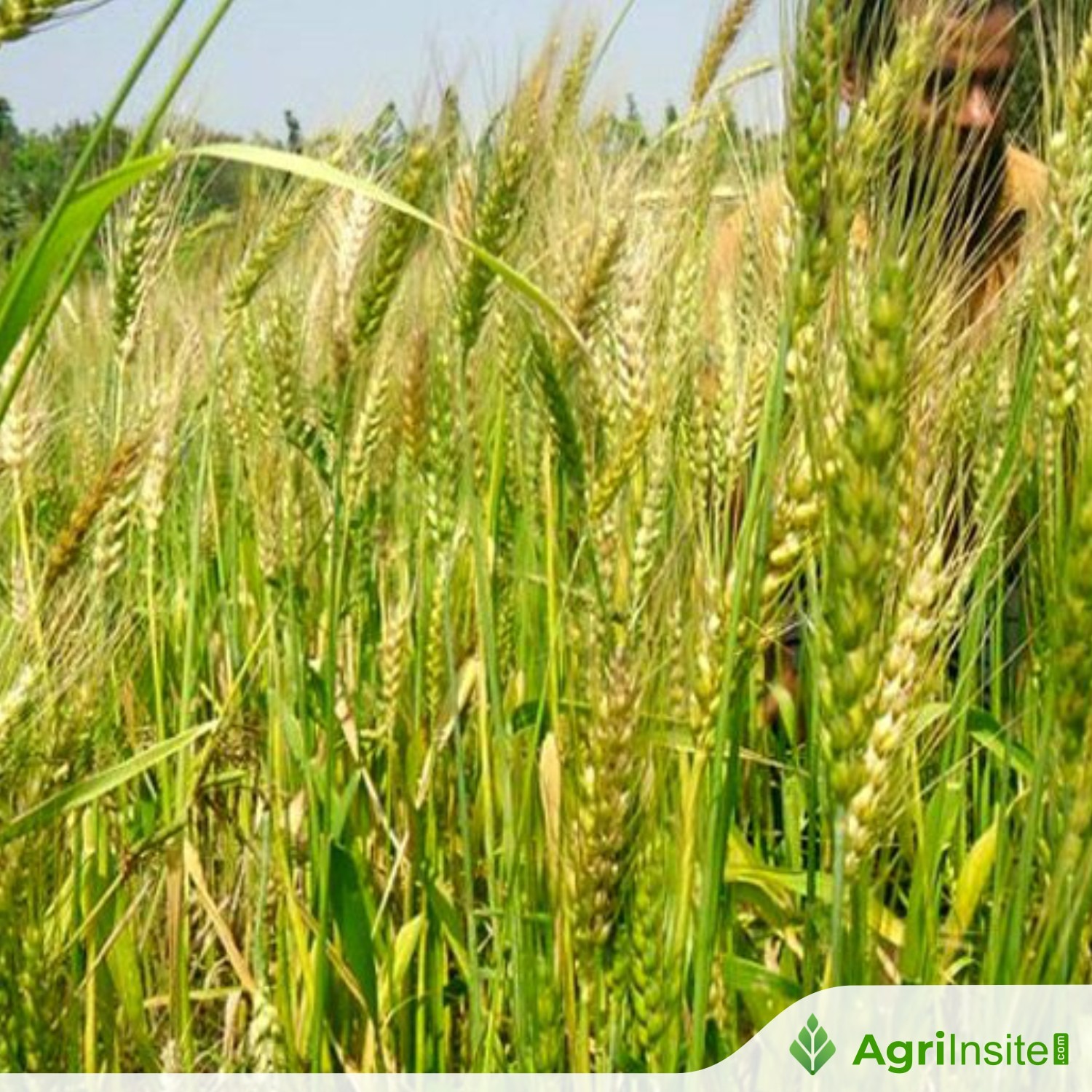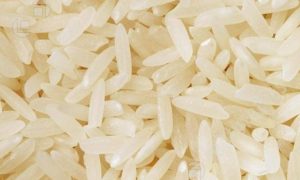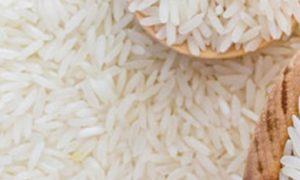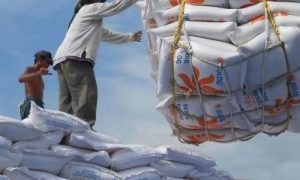Favorable weather boosts Philippines rice, corn totals

Favorable weather and government support are boosting the Philippines’ 2024–25 rice and corn outlook. Milled rice output is seen at 12.2 million tonnes, rising to 12.25 million in 2025–26. Corn production is projected at 8.2 and 8.3 million tonnes, respectively. Corn stocks and imports are increasing due to rising feed demand and white corn use by snack manufacturers.
More favorable weather conditions have improved the outlook for 2024-25 milled rice and corn production in the Philippines, according to a report from the Foreign Agricultural Service (FAS) of the US Department of Agriculture.
Milled rice production in 2024-25 is now estimated at 12.2 million tonnes while production for 2025-26 is projected to increase to 12.25 million tonnes.
“Favorable weather conditions beginning Q1 2025 and robust government programs support rough rice production within 2024-25 and beyond to 2025-26,” the FAS said.
A marginal increase in the consumption of milled rice in 2024-25 also is expected due to an increase in distribution of subsidized rice through the government.
Corn production is expected to increase to 8.2 million tonnes and 8.3 million tonnes in 2024-25 and 2025-26, respectively. The increase in corn production in the current market year and the outyear is driven by less intense dry season beginning in the first quarter of 2025 and increased technical knowledge of farmers in handling the fall armyworm (FAW), the FAS said.
The forecast for corn stocks in 2025-26 is up 21.5% to 283,000 tonnes, compared to the adjusted estimate for 2024-25.
“Industry contacts report a gradual growth in the use of white corn by local snack manufacturers (e.g., nachos), combined with the continued demand for yellow corn for feeds, resulting in an uptick in the stockholding of institutional food and feed corn buyers in 2025-26 compared to the previous market year,” the FAS said.
Corn imports in 2024-25 and 2025-26 are estimated at 1.63 million tonnes and 1.75 million tonnes, respectively.
“Demand for imported corn is supported by the demand for animal feeds from the poultry, layer, pet food, and aquaculture industries,” the FAS said. “The sources of Philippine corn imports tend to vary, depending on prevailing global prices for feed corn of each supplying country.”
To Read more about Wheat News continue reading Agriinsite.com
Source : Ukr Agro Consult
















